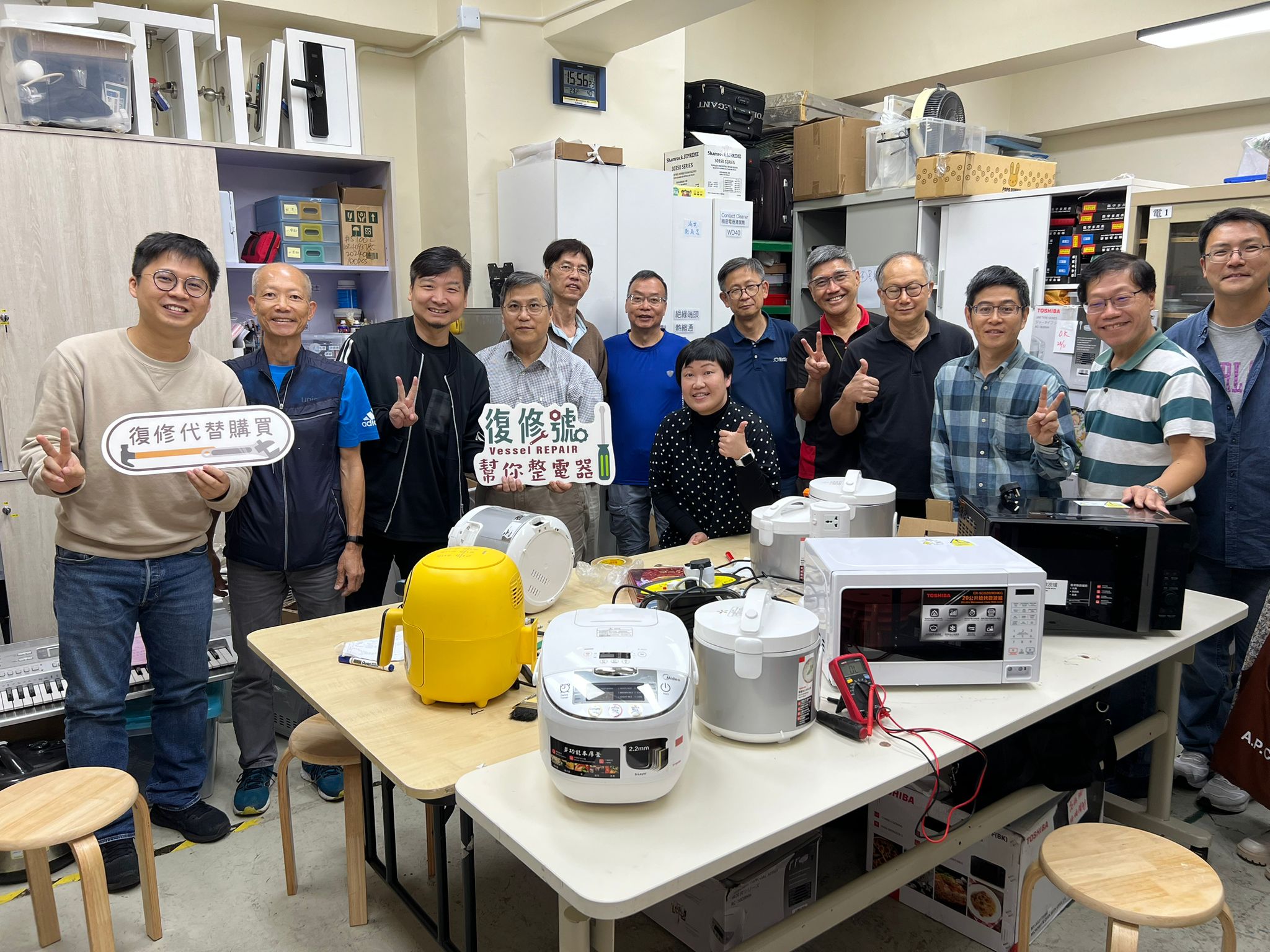Life Cycle Development
Right to Repair: Empowering Consumers and Repairing Our World

The EU Ecodesign for Sustainable Products Regulation (ESPR)1 has been proposed to replace the old Ecodesign Directive, expanding the scope of sustainable criteria to a wider range of products. Its goal is to make sustainable products the standard in the EU market by applying regulations to all products in the EU market regardless of their origin. The ESPR introduces a digital product passport - providing information on a product’s sustainability aspects, including durability, recycled content, and the availability of spare parts, which supports the "Right to Repair" initiative.
"Right to Repair" demands manufacturers to produce durable products with affordable parts in market, empowering consumers to repair products themselves.2 "Buying new is cheaper than repair" will no longer be the norm as this criterion promotes repair over replacement.3 This initiative exemplifies a Systems Thinking approach to product design and integrates circularity in a product’s life cycle to reduce environmental issues.
Long lasting products often emphasize designing for easy disassembly, like Fairphone, which uses a modular design to enable the replacement of any broken parts and upgrades without generating unnecessary waste.4 However, many products are not designed for repair, featuring cheap and non-durable parts that are difficult to replace. Planned obsolescence exacerbates this issue, as manufacturers intentionally shorten product lifespans for increased profit, resulting in significant environmental consequences from raw material extraction and disposal.
In 2022, Hong Kong disposed 4.06 million tonnes of municipal solid waste (MSW) to the landfill, of which are approximately 140,000 tonnes of textile waste5 and 70,000 tonnes of electronic waste6. Many people choose to dispose of items like phones, fashion items, and furniture at the first sign of defects nowadays due to the high costs associated with repairing, stemming from limited repair workshops and challenges in component sourcing. This has also led to insufficient job opportunities and a lack of younger professionals entering the field. Consequently, we observe a reduction in repair carts and the closure of repair shops in the city.

Volunteers of Vessel Repair (VR) by Community Leap
Nevertheless, there are initiatives in Hong Kong working towards revitalizing the repair scene. Vessel Repair (VR) by Community Leap, Hong Kong’s first repair cafe, is formed by a dedicated team of over 15 volunteer experts. Their primary objective is to reintroduce repair practices to the community by offering repair services and certification workshops to train new forces. Notably, the growing interest in sustainability has resulted in an increased demand for repair services with VR providing over 340 repair services in just the first five months of 2024.
While repairing broken items is undoubtedly a valuable solution, extending the lifespan of products alone is not the ultimate answer. To truly address sustainability, Manufacturers must adopt a circular mindset in their design process by incorporating durable components that can be seamlessly reintegrated into the production loop, minimizing resource consumption and waste generation. By embracing circular design principles, which prioritize continuous material utilization, we can significantly reduce our environmental impact and move towards a truly sustainable future.